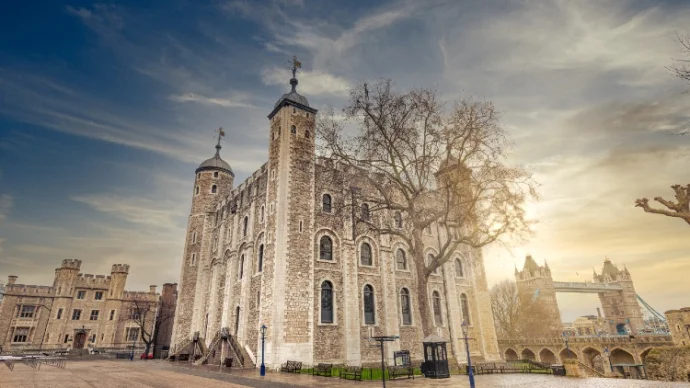
About London Roman Fort
London Roman Fort was a 2nd century fort used to house soldiers living in Londinium, Roman Britain’s most important city and modern-day London’s forbearer. Today its ruins may be viewed amongst the city’s modern buildings, giving an insight into some of its oldest history.
London Roman Fort history
London Roman Fort was built in around 110 AD, not long after the Roman invasion of Britain and at a similar time to the forts along Hadrian’s Wall. It was intended to house the soldiers of Roman Britain’s most important town of the time, Londinium, and likely housed around 1,000 troops within its walls.
Covering around 12 acres in its heyday, London Roman Fort would have been a square complex similar in architecture to the Hadrian’s Wall forts like Housesteads and Birdoswald, yet around three times the size. Despite this, the fort never held a permanent regiment and instead housed the Governor of Britain’s ceremonial guard which often rotated.
London Roman Fort today
Today very little remains of London Roman Fort due to the city’s vast development over the centuries. One section may be found on Noble Street however, which would have been the fort’s southwest corner and also includes part of the London Roman Wall.
Most other parts of the fort are contained underground with a large section in an underground car park nearby. Here the remains of the western gateway may be viewed, with the turret and guardroom also still visible, and an information board details their history and uses. Though this is not open to the public, the Museum of London hosts tours of the site.
Getting to London Roman Fort
A section of London Roman Fort is located on Noble Street, which is a 5-minute walk away from St. Paul’s Underground station. The 76 and 100 bus services also stop on London Wall, a 1-minute walk away, while tours of the underground ruins start at the Museum of London, a 3-minute walk away.
Featured In

London Historic Sites
Londinium, The Big Smoke, The Great Wen: London has experienced its fair share of change over its 2000-year history. Here's our pick of some of the British capital's most famous historic sites to visit today.




















